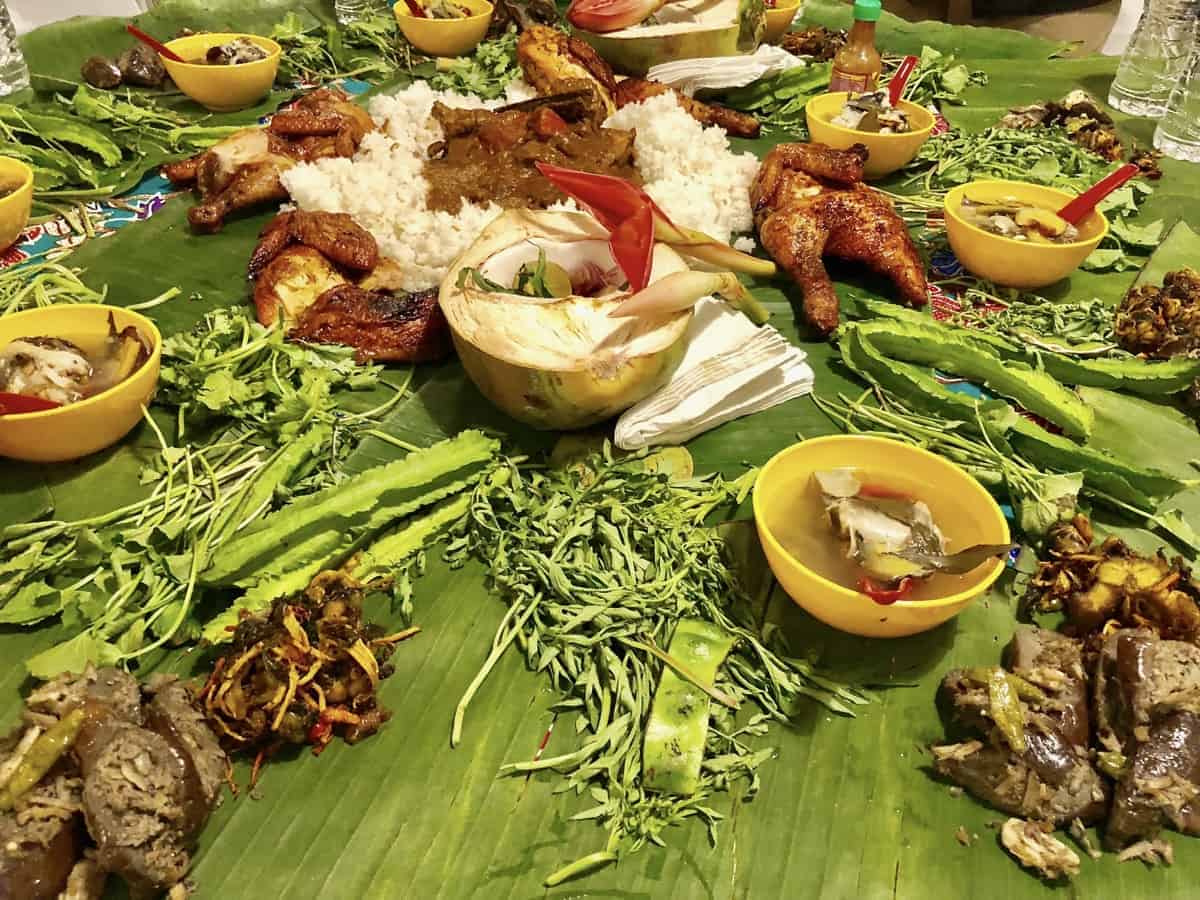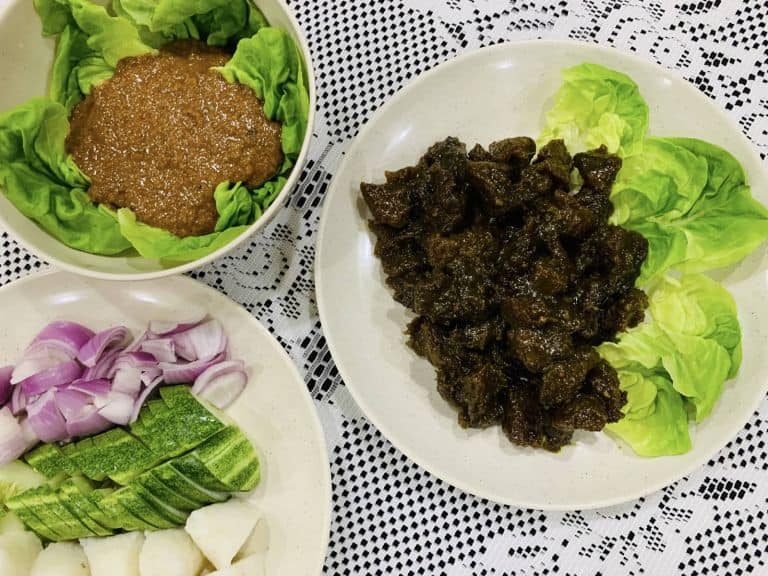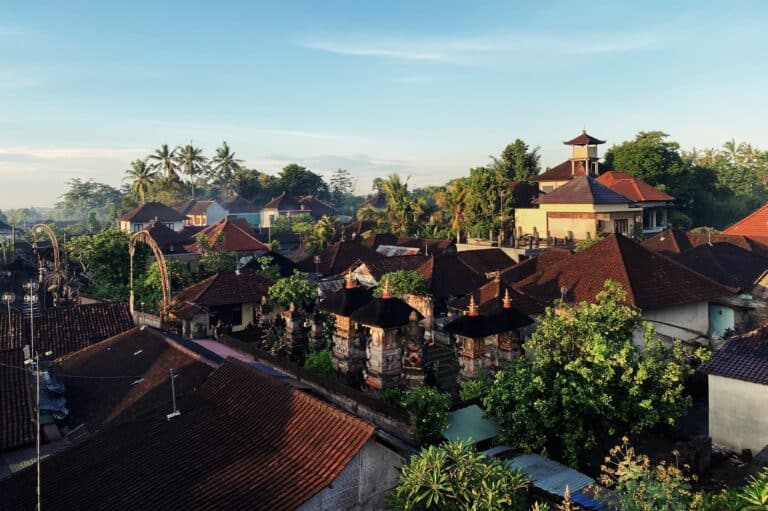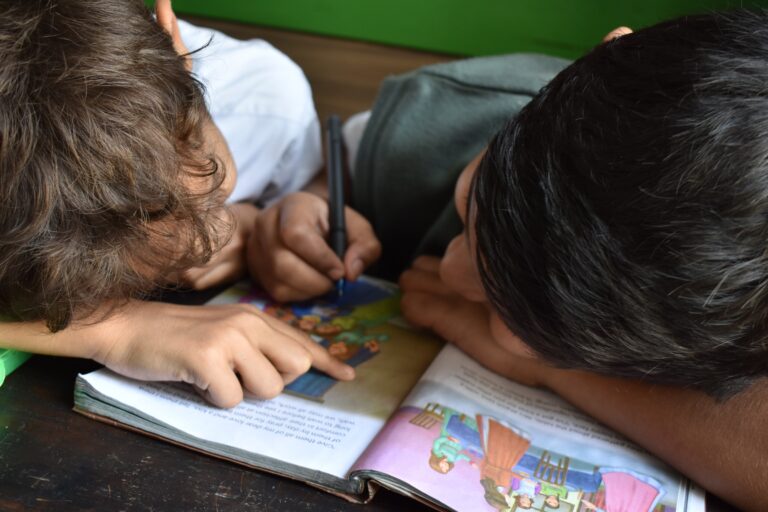As part of ILHAM Gallery’s Patani Semasa exhibition, artist Roslisham Ismail, better known as Ise, hosted a dinner at the Gallery on 14 April 2018. Cempedak Agung Perwijaya, a traditional Kelantanese band, also performed that evening. For years, Ise, wanting to preserve his grandmother’s recipes, has been interested in cookbooks from his hometown of Kelantan. His research led him to the ancient kingdom of Langkasuka, which spanned parts of northern Malaysia and southern Thailand. Ise’s Langkasuka Cookbook Project, 2012, which includes drawings, installation, video and sound, is presented on Level 3 of ILHAM Gallery until the exhibition closes on 15 July 2018.

Ise’s dinner was inspired by traditional feasts; however, some concessions were made to practicality – guests were seated at tables for eight. I’ve constructed a roundtable with some persons whom I actually sat with, but also with a few from other tables.
The guests are based in Kuala Lumpur, except where noted: Rahel Joseph is the Gallery Director at ILHAM. Samantha Cheh is a freelance journalist who covers arts, culture and social issues for various publications in the region. Previously a tech journalist, she also daylights as an anti-corruption consultant. Sharaad Kuttan is a journalist, radio presenter and producer on BFM Malaysia. Sharon Nelson is a writer and editor for print and online media. Yau Yann Ee was trained in architecture and is currently managing two of her father’s businesses in landscape construction. Pauline and Usha need no introduction to readers of Plural – they, of course, are based in Singapore. Lastly, yours truly (Weng), the facilitator of this roundtable, is the new Ask a Critic advice columnist for Plural.
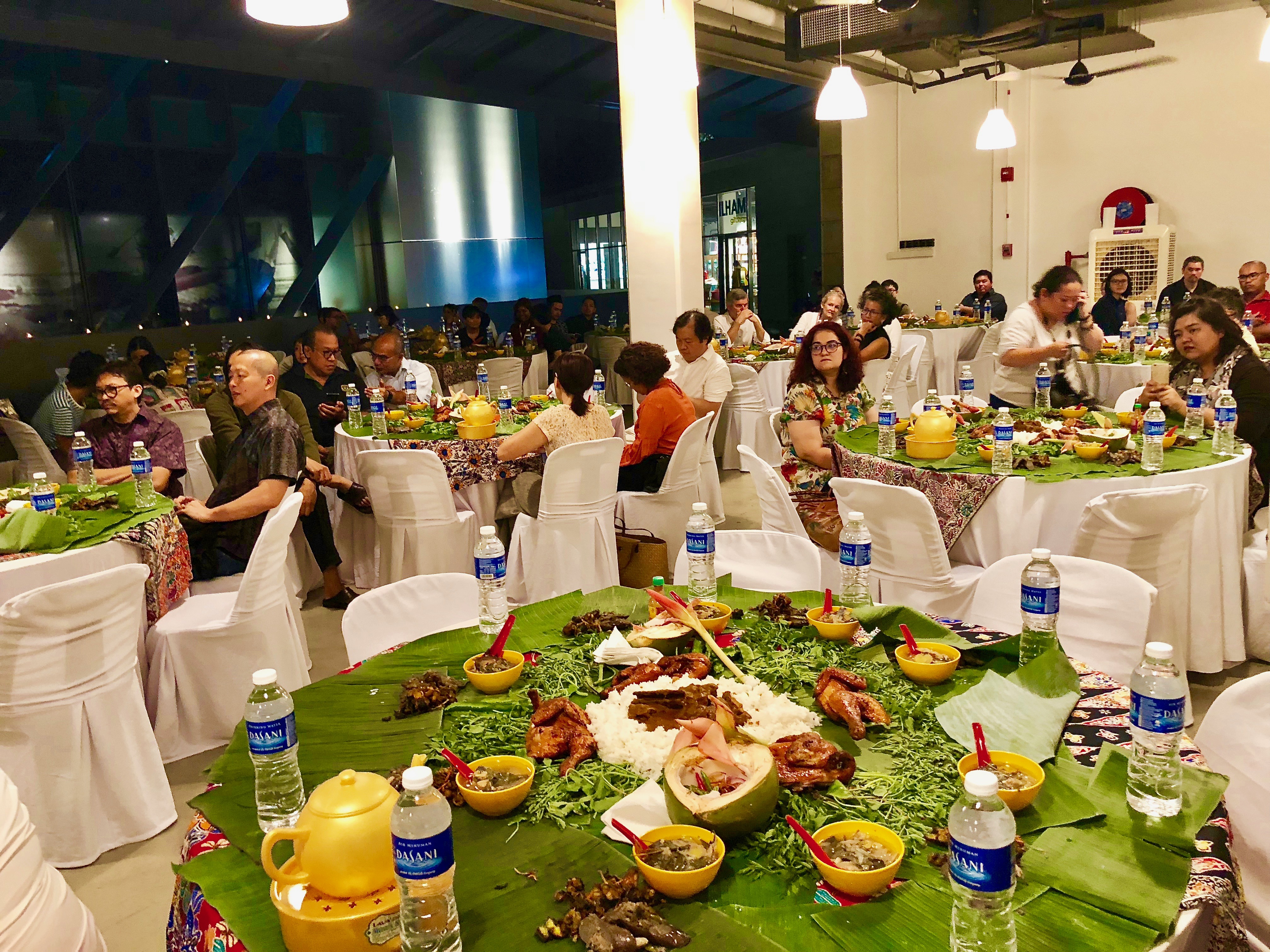
Weng: Yann Ee, shall we start with you. How did you end up at the dinner? What was the most memorable moment of your evening, and what did you think was the most “arty” part of it?
Yann Ee: I wanted to find new experiences that are not work-related. I used to work more than 58 hours per week and allocated no time for personal interest. I was fortunate to have my name drawn from the pool of people that registered their interest for the Langkasuka traditional feast. What was most memorable? The people that I met. I was delighted to make new acquaintances and be a part of conversations that aren’t related to landscape construction. As for the “arty” part – the presentation of the food at the feast stood out. Throughout the dinner, I wondered about the arrangement, the sequence to eat and what was the ideal combination. I also couldn’t help observing others as they ate.
Weng: Sharaad, what did you think about the whole event?
Sharaad: Quite a spectacle. The music and the layout of the food – the latter was surprisingly explained as a topological plan and related to war. While the meal was tasty, for me, it sat somewhat uncomfortably within the larger theme of the exhibition – the “troubles” of the Deep South of Thailand – poised between a celebration of the everyday, and stories and images of violence and death. The highlight was listening to Ise’s explanation of his process, especially on the “imaginative” dimension of this historical reconstruction.
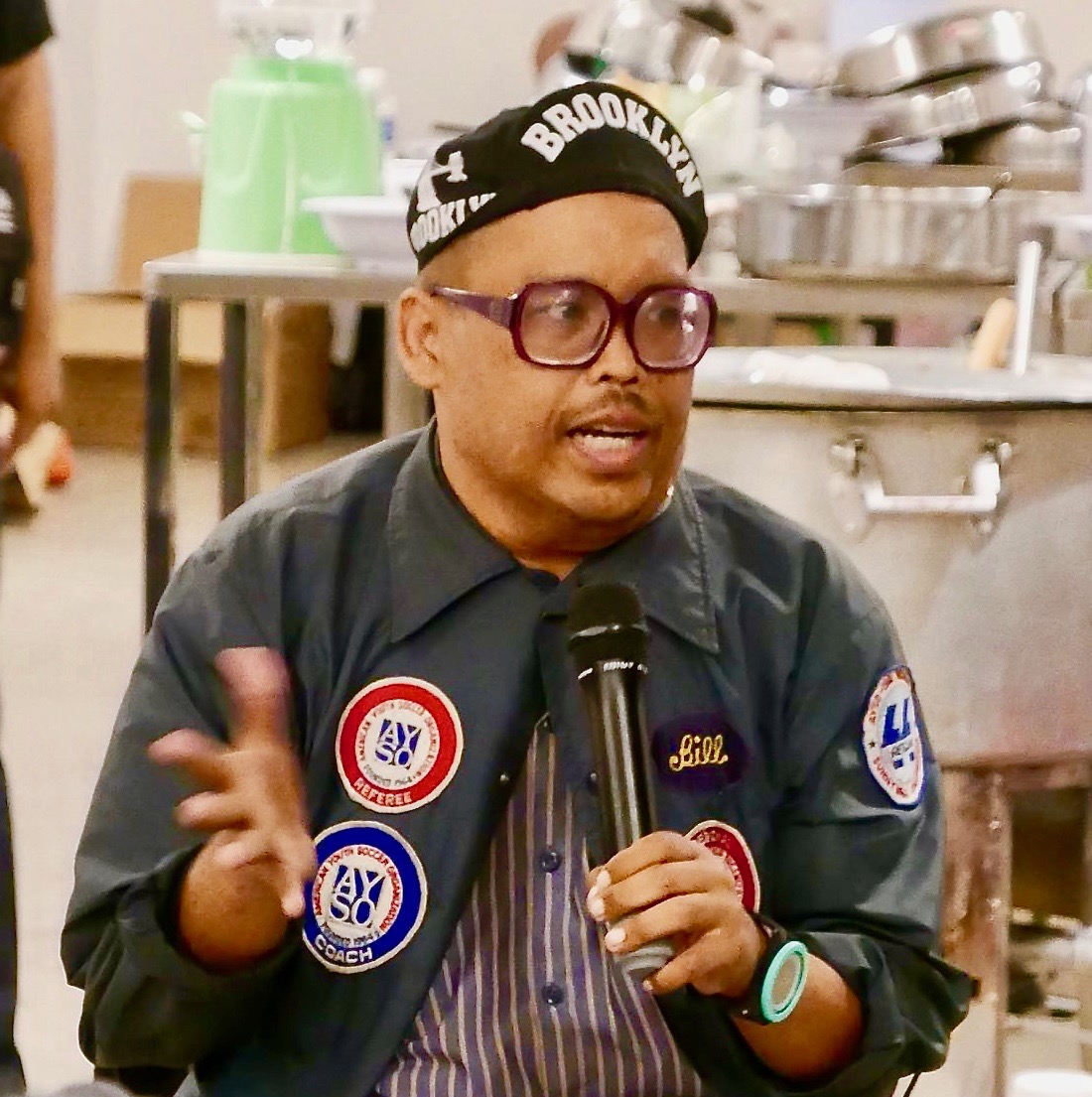
Weng: Rahel, could you tell us about how the dinner came about?
Rahel: When I was putting together the public programmes for the exhibition, I knew that staging Ise’s “feast” would be a major highlight. We wanted to invite friends and supporters of the Gallery as well as Ise’s guests, but we also wanted to open it up to members of the public as well, and we reserved spaces for them too. Obviously, we had to restrict numbers. But ensuring our public programmes and events are accessible and inclusive is important. For us at the gallery, it was lovely watching the feast take shape throughout the day. Ise’s friends, or “superfriends” as he calls them, spent the whole day preparing the food and laying out the tables. It felt quite magical as the sun went down and the guests began to arrive and the musicians from Kelantan started to play.

Weng: Usha, events like these are very much about the people we meet – what were some of the notable conversations you had?
Usha: I had a particularly lovely catch-up with Snow Ng from OUR ArtProjects. I also had a chance to speak with the art historian Simon Soon, whom I’d gotten to know through Pauline, as he was her MA thesis supervisor. It was really nice to just sit down and talk to people, to shoot the breeze about all kinds of random superficial things. With Simon, we talked when we would go to eat Nasi Kerabu again at his go-to joint – yes, at a dinner with way too much food, we ended up talking about yet more food. Special mention goes to Yann Ee. She had approached Pauline and I for a chat while we were waiting to be seated. I was impressed with how she just walked up to a couple of random strangers, and that she makes it a point to attend events outside of her usual social sphere, in order to widen her horizons and get inspiration.
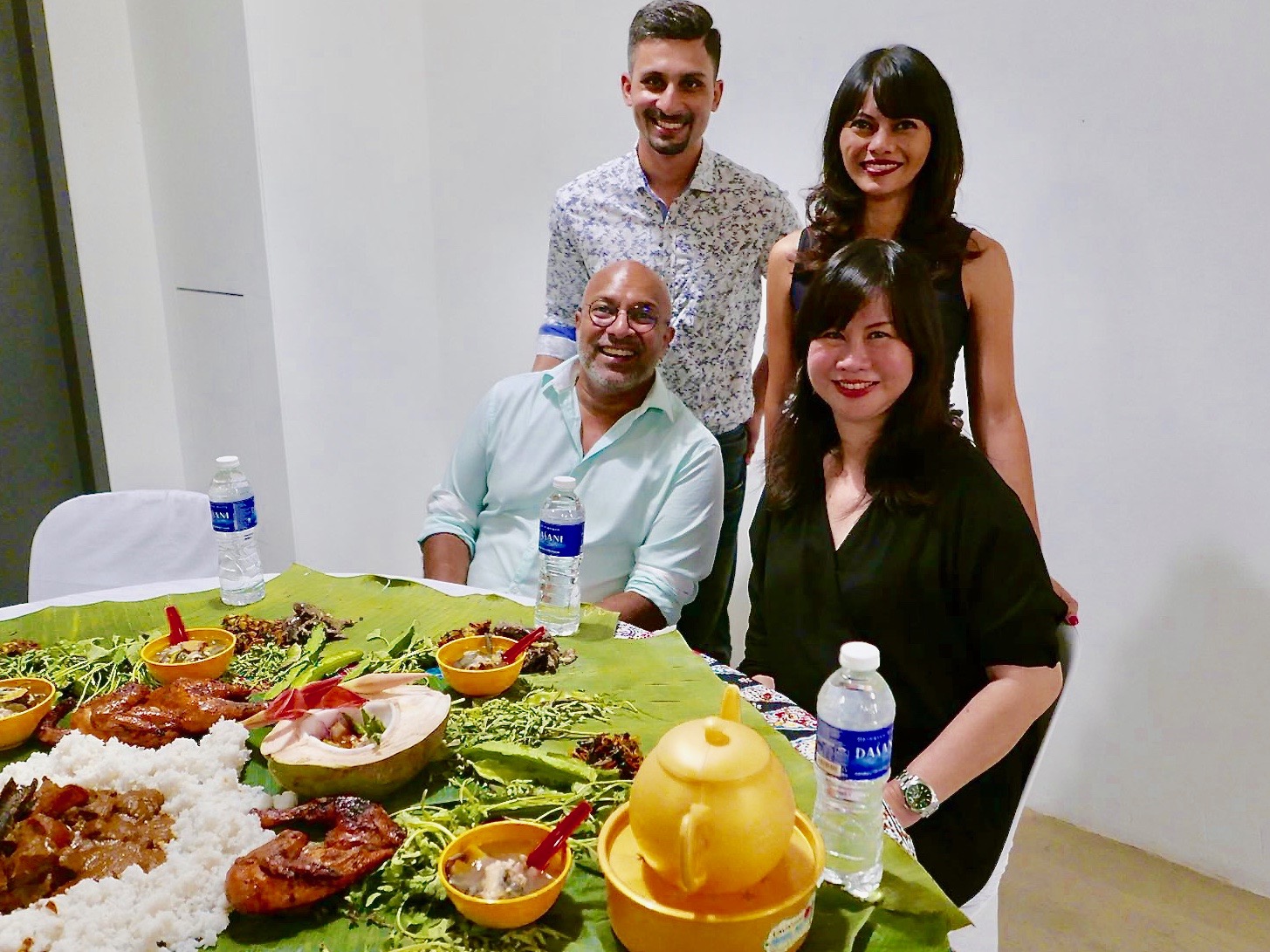
Weng: Pauline, during the course of the dinner, what were some of your conversations like with regards to Ise’s artistic practice?
Pauline: Some context: the traditional Kelantanese dish that was served is known as Nasi Gunung (literally, “mountain rice”), which was prepared in ancient times for soldiers in battle. In order that the food could be easily served en masse and quickly consumed, Nasi Gunung encompasses a mound of rice, a variety of dishes surrounding it, with gravy poured into the centre of the rice mound. But I have to confess that we were rather more engrossed in consuming all that delicious food that discussing the artist’s interpretation of it if I am to be very honest! However, the meal did spark conversations about our respective food memories, mostly from childhood, often dishes cooked by our mothers and grandmothers and associated with home. And that is very much what Ise’s Langkasuka project is about, isn’t it? It’s a physical embodiment of personal, cultural and historical memory and identity. Through taste, texture, smell and flavour, the artist evokes memories of places we have lived, foods we have eaten, people we have known and loved and the communities we are a part of.
Weng: Sam, you wrote about the Patani Semasa exhibition.
Samantha: My piece was for the South China Morning Post, the Hong Kong-based newspaper. It was like a fact-finding mission on the Patani region, using the exhibition as a lens. I was interested in how the show tried to provide a brief overview of the region’s art and how closely intertwined it is with the region’s history. What struck me was that hardly anything in that show was separated from the region’s notorious reputation, which oddly enough intersected with what one of my interviewees, a scholar of Thailand, said about the sensationalisation of Patani. I wish I had could have reported on the dinner, but it was hard to incorporate. But if I had the space to write about it, I would really like to talk about the similarities and differences between cultures, separated by such a consequential yet insubstantial border.
Weng: Sharon, you’re part of the ILHAM team, working on social media. Next time the Gallery does something similar, from an Instagram perspective, what would you do differently?
Sharon: What I did for the Langasuka dinner was to quickly caption and post a few pictures and videos on the spot and then more later, and the next day. There’s always a frenzy to post in the moment, which is something Instagram strongly encourages given the way it’s structured. But what I’d try next time is a dual approach. I’d post something – perhaps a picture or a series of three pictures – during the event. If guests are posting, it probably wouldn’t do for ILHAM to remain silent. Then I’d want to survey the whole night and find a narrative. What’s the story here? What’s unusual? What’s the atmosphere like? Why are we doing this? What are guests doing? What does it feel like to be here? And I’d produce 100–150 words and use a series of pictures – for example, the table setting, guests interacting with each other, individual dishes, long shots of the event, a portrait of the artist and perhaps some of the cooking or setup done earlier. One of the first things you learn as a journalist is to show, not tell. Instagram may be designed to “tell” but with a little thought and effort, we can take our social media audience by the hand and show them what it was like to have been there, to get a real feel of what went on and why, and they’d also get to know ILHAM a little better.
